While Walt Disney brought us some of our most beloved children's stories, the original Brothers Grimm fairy tales are definitely not for kids.
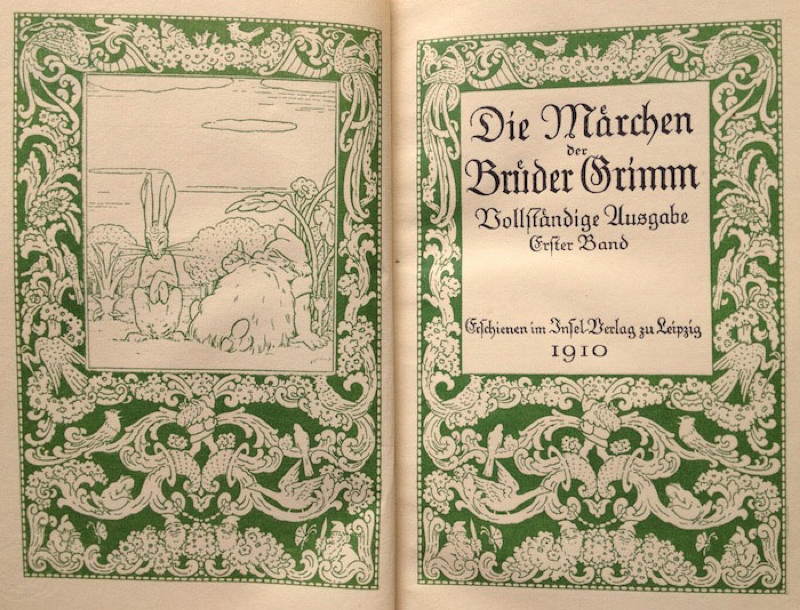
Fairy tales—at least as we know them—are a childhood staple. We know the classics by heart, but our beloved Disney-diluted iterations couldn’t be further from their true, markedly more sinister origins.
The Brothers Grimm, a pair of German siblings who created some of the original tales in the 19th century, didn’t shy away from any gory details. In fact, not many of the original authors of our favorite fairy tales did.
The Brothers Grimm Fairy Tales: Cinderella
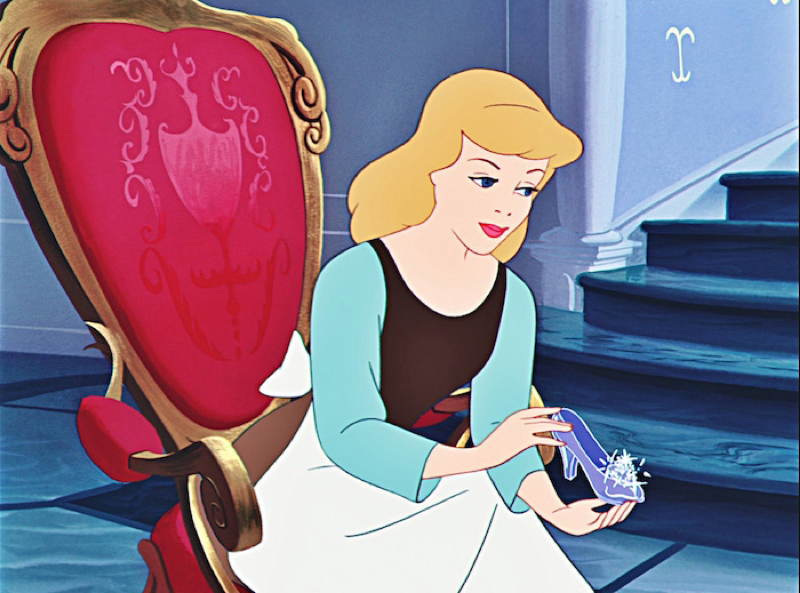
Source: Family Spot
Among other things, Walt Disney drew fame for his uncanny ability to create family friendly animations that have been passed down throughout the decades. In his version of Cinderella, a poor girl worked to the bone by her evil step sisters, finds a fairy godmother who transforms her from her sooty present just in time to attend a glamorous ball.
Cinderella falls in love with the prince, but must leave at midnight. Amid all of her haste, Cindy leaves behind a glass slipper. The prince finds her, all is happy, lots of music is played, the end.
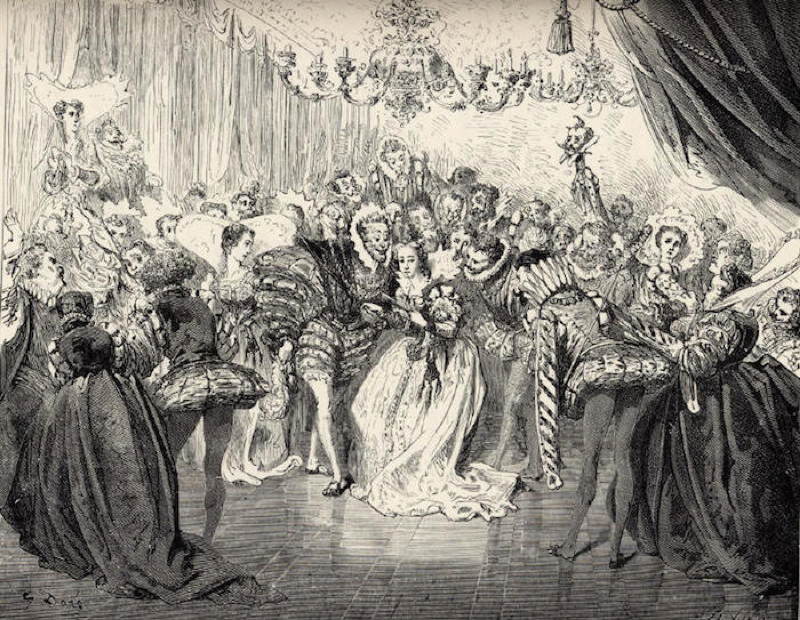
Source: Wikipedia
In the Brothers Grimm version, though, it’s a different—and twisted—tale all together. Keen on injecting morality lessons into their stories, “Cinderella” still gets her happy ending in the original, but it doesn’t pan out so well for her wicked stepsisters.
Clamoring at the opportunity to gain power and status, the scheming stepsisters cut off parts of their feet so that they might fit into the glass slipper. Not only do they lose a lot of blood and a few body parts in the process, vigilant doves also peck out the stepsisters’ eyes, leaving them to spend the rest of their lives as blind beggars.
Snow White
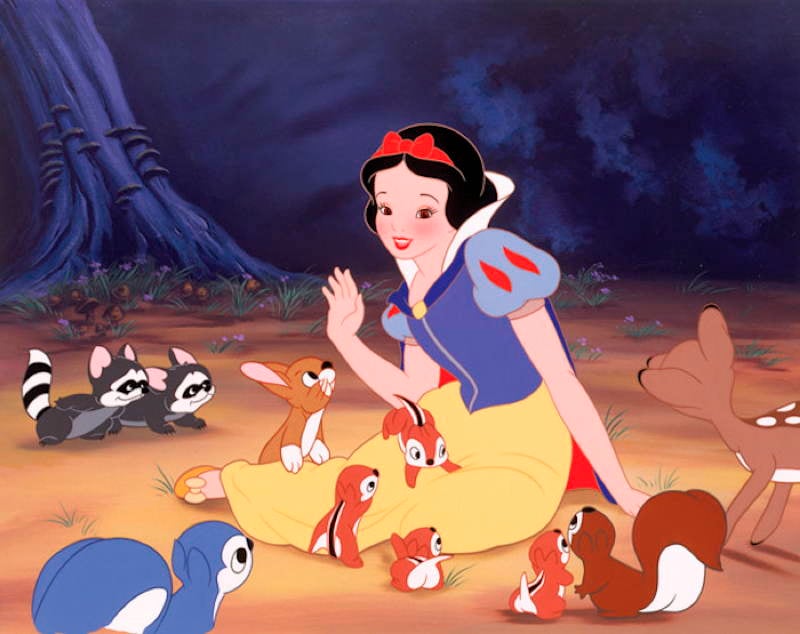
Source: Disney
Another family favorite is the story of Snow White. Jealous of Snow White’s beauty, an evil queen orders a huntsman to bring back Snow’s heart, which is already rather gruesome in the first place.
In the Disney version, Snow White is spared, finds seven dwarves, sings several musical numbers, bites a poisoned apple, falls into a deep sleep, is woken by a kiss from her true love and they live happily ever after.
Again, the Grimms Brothers version fails to present a romanticized—let alone remotely appetizing—original. The queen, who is actually Snow White’s real mother, not only asks for her heart, but her liver and lungs for that evening’s supper.
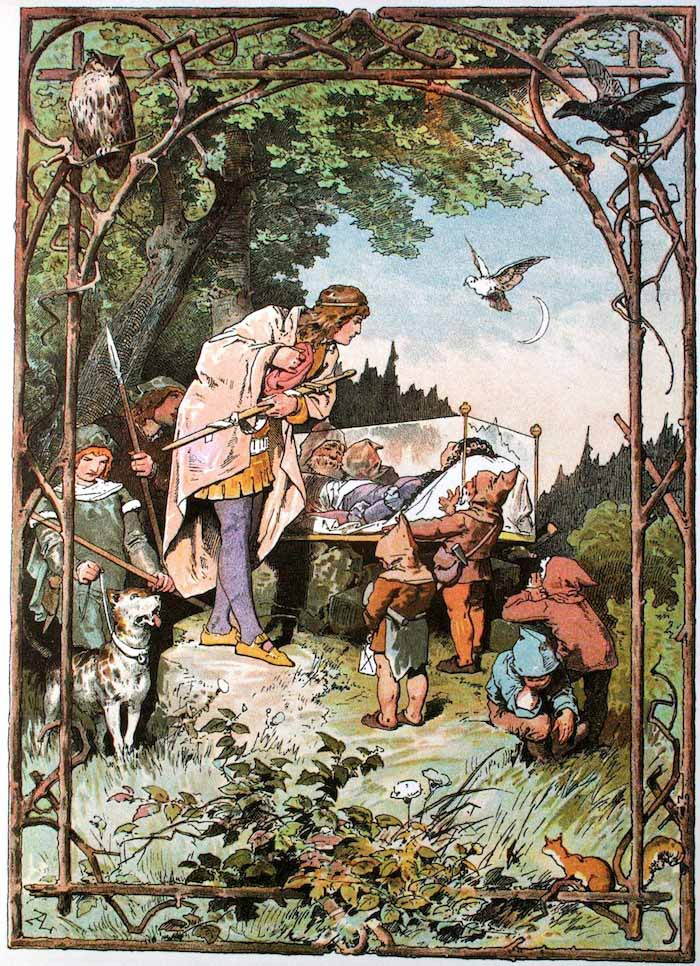
Source: Wikipedia
You can also forget Disney’s beautiful glass coffin tucked away in the woodlands and “true love’s kiss”. In the Grimm version, Snow White dies. The prince and his servants carry the dead body back to “enjoy” later. It just so happens that the transit resuscitates her, as a bump in the road dislodges the fatal apple bit from her throat.
Once again, evildoers are punished: jealousy inspires Snow White’s mother to attend her newly-revived daughter’s wedding, where she is eventually forced to put on scalding hot iron boots and dance until she drops dead. A rather Grimm ending indeed.
Little Red Riding Hood

Little Red Riding Hood is one of the few folktales that Disney didn’t adapt, possibly because it’s difficult to disguise the fact that whatever the outcome, the story only makes sense if someone is eaten. In the version most recognized today, Red Riding Hood goes to visit her granny and is stalked by a wolf along the way.
When she arrives, the wolf is decked out in her granny’s clothing, having devoured her earlier. The wolf then proceeds to eat Red Riding Hood as well but is soon cut open by a brave lumberjack, thus saving Red Riding Hood’s life. That version is already rather violent, and for once the Brothers Grimm version isn’t the most macabre.
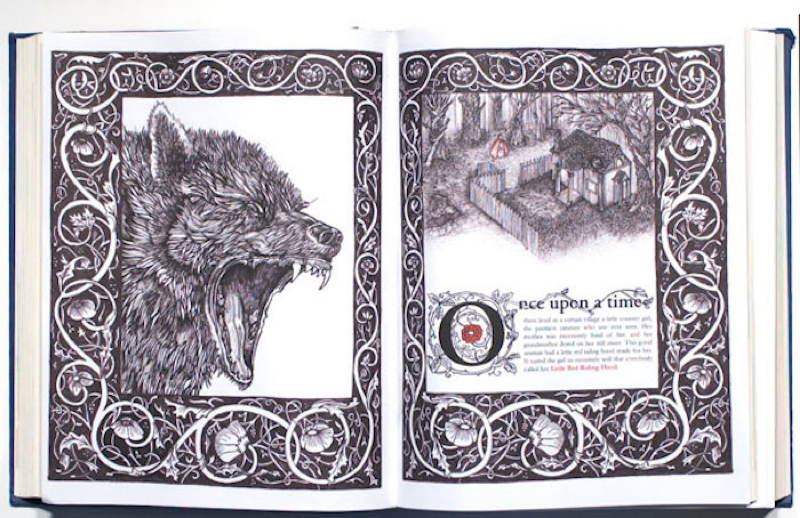
Charles Perrault, the 17th century author of folklore like The Little Mermaid, has the attractive young girl tricked into her granny’s bed by the wolf. She removes all of her clothing and is eaten without any courageous huntsman to save her.
In other versions, she unwittingly cannibalizes her grandmother and drinks a wine glass of her blood that the wolf has left out. By comparison, the Grimm version—where the wolf is filled with heavy stones, skinned and killed by a huntsman—appears incredibly family-friendly.
Hansel and Gretel
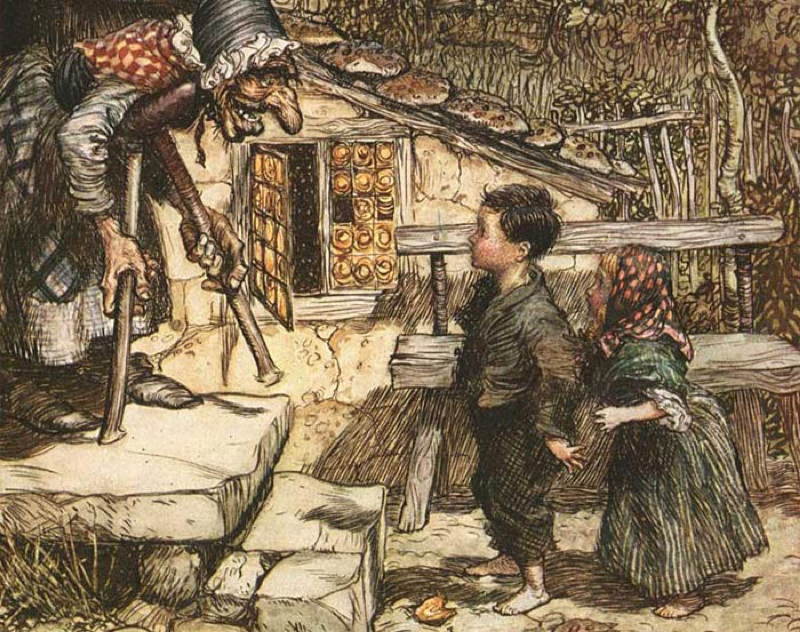
Source: Wikipedia
Another tale that Disney didn’t manage to get his hands on is Hansel and Gretel. In the well-known Grimm version, the hapless Hansel and Gretel are abandoned by their parents in the forest, where they stumble across the gingerbread cottage of a cannibalistic witch. This ravenous wretch attempts to eat them, but the children push her in the oven and escape.
The original French fairy tale from which the brothers took their inspiration is even more morbid. ‘The Lost Children’ is an early piece of folklore where the children aren’t lucky enough to stumble across the gingerbread house at all.
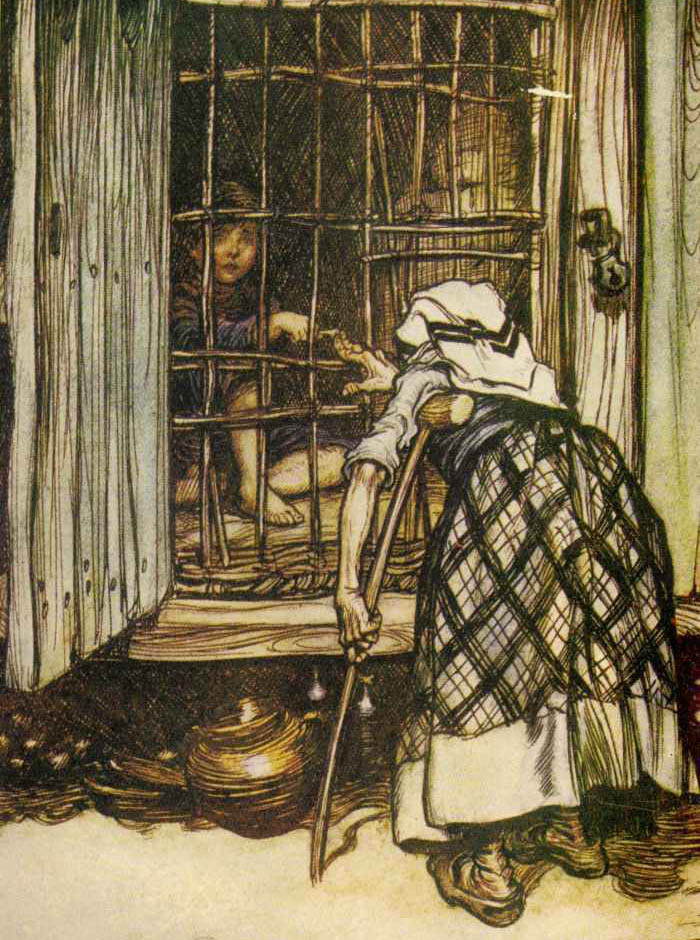
Instead, they come across a woman who tells them to hide because her husband, the Devil, will eat them otherwise. The Devil smells the Christian children and locks them in a barn, where he tries to fatten them up.
When they’re ready to be consumed, the devil reveals a sawhorse and asks the boy to get on so he can bleed him. They pretend to misunderstand, and when the devil’s wife begins to demonstrate, they tie her to the sawhorse and slit her throat before making off with all of the Devil’s gold.
The Brothers Grimm Fairy Tales: Rapunzel
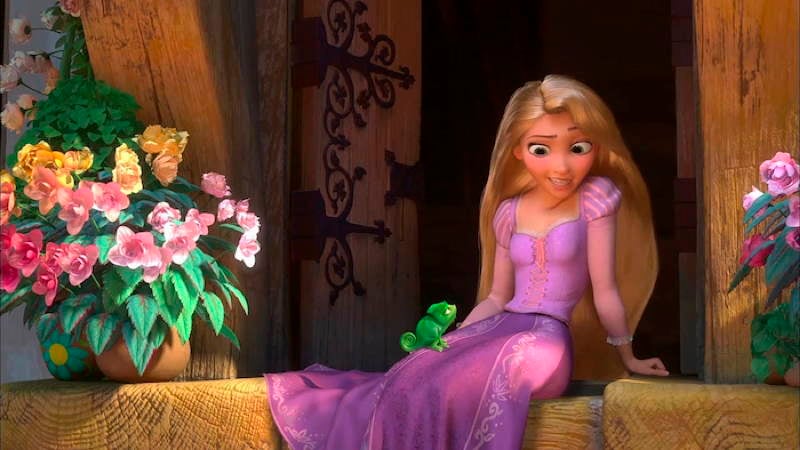
Source: Style Favor
Back to the doings of Disney, Mickey Mouse execs recently re-envisioned Rapunzel as Tangled, which tells the story of a lost princess trapped in a tower by a miserable witch. Endowed with quite an impressive mane, Rapunzel lets down her hair for the prince to save her and the evil witch is defeated.
Unlike the music and chameleon-filled Disney version, in the Brothers Grimm story Rapunzel’s “loose” locks get her into quite a bit of trouble. After a certain number of royal encounters with the prince, Rapunzel carries the crown in her womb.
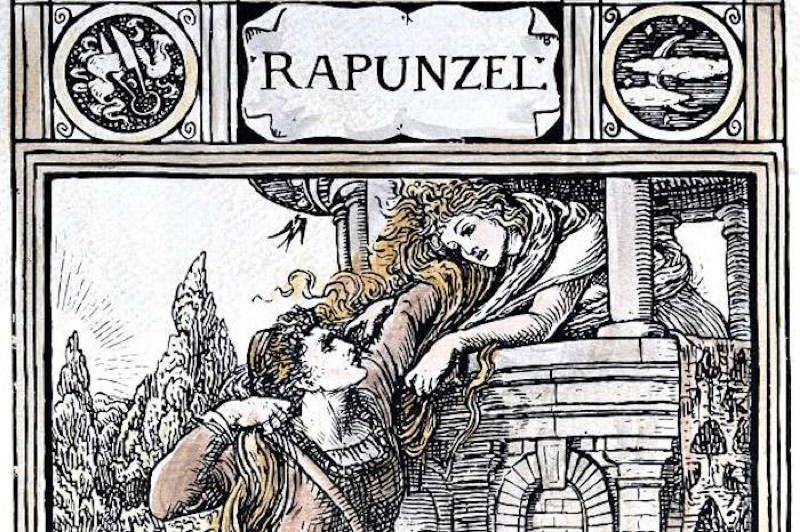
Source: The Times
When the witch finds out about Rapunzel’s pregnancy, she angrily cuts off all of Rapunzel’s hair and casts her out into the wilderness. There, Rapunzel gives birth and lives as a beggar with her newborn child.
In the meantime, the crafty witch lures the lecherous prince up the tower with Rapunzel’s chopped locks. When he reaches the top, the witch pushes him from the window and where his eyes lock not with Rapunzel’s but thorns. However, the Grimms manage to forge a happy ending, reuniting the lovers and restoring his sight.
Sleeping Beauty
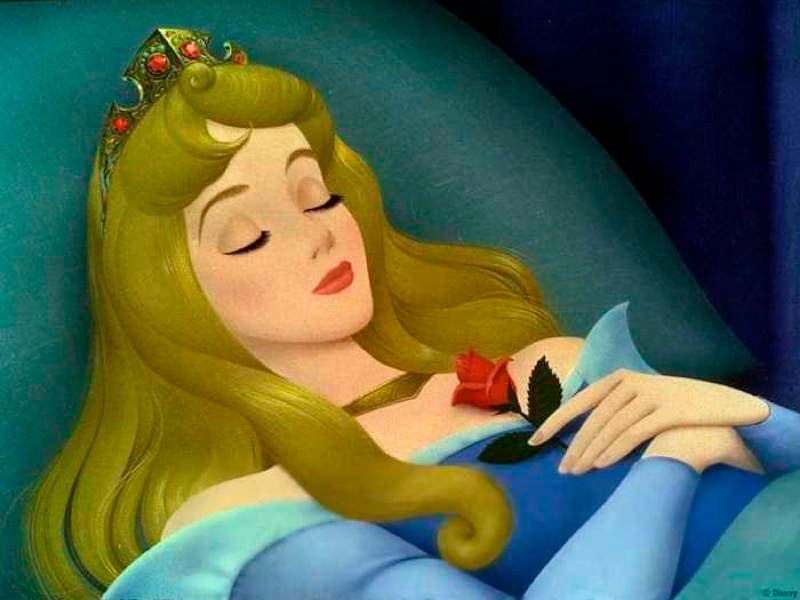
Yet another Disney classic, Sleeping Beauty is the tale of a princess who pricks her finger on a spinning wheel and sleeps for 100 years before a prince wakes her with a kiss. In Charles Perrault’s version, though, Sleeping Beauty bears the prince two children and the jealous stepmother orders a cook to prepare them for dinner.
The cook tricks her, and when the covetous stepmother realizes that she chowed down on lamb and goat instead of children, she creates a pit in the garden filled with vipers into which she might throw them. As with any French fairy tale, evil is vanquished when the stepmother is discovered and, fearful of going out by someone else’s accord, throws herself into the pit instead.
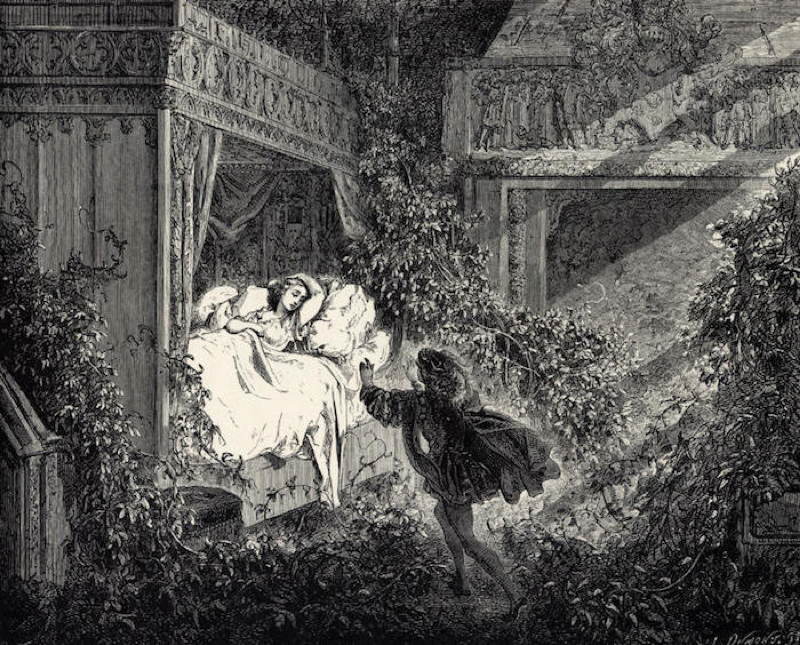
Source: Wikipedia
While the Brothers Grimm stay true to Perrault’s tale for the most part, Sleeping Beauty’s origin lies in something all together more morally ambiguous. In 1634, the tale of Sun, Moon and Talia tells of a woman named Talia who falls unconscious after pricking her finger on a piece of flax.
Thinking she’s dead, her father lays her to rest. While unconscious, Talia is raped by the King. When she awakens, Talia discovers that she’s given birth to two children. The King’s wife still tries to eat the babies but in the original, he burns his wife alive so he can marry Talia. How romantic.





